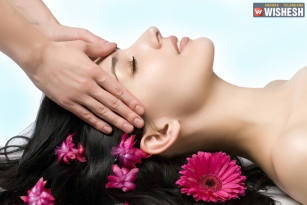
Ayurveda is an ancient Indian system of natural and holistic medicine. Ayurveda when translated from Sanskrit, means “the science of life” (the Sanskrit Ayur means “longevity” or “life” and Veda means “science”). Modern or allopathic medicine tends to focus on the management of disease. Ayurveda provides with the knowledge of how to prevent disease and how to eliminate its root cause.
Ayurveda is considered as a discipline of the upaveda or "auxiliary knowledge" in Vedic tradition. The origins of Ayurveda are found in the Atharvaveda, which contains 114 hymns and incantations described as the magical cures for any disease. There are also various legendary accounts on the origin of Ayurveda, e.g., that it was received by Dhanvantari (or Divodasa) from Brahma the creator.
Historical evidence of Ayurveda
Some of the concepts of Ayurveda have been discovered since the times of Indus Valley Civilization and earlier. Ayurveda is significantly developed during the Vedic period and later some of the non-Vedic systems such as Buddhism and Jainism has also been incorporated into the system.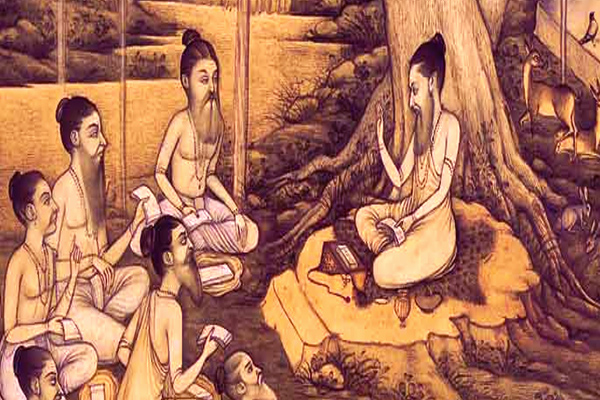
The knowledge of Ayurveda was passed on through word of mouth through a lineage of sages in India and finally was collated into text more than five thousand years ago. The oldest known texts on the Ayurveda are the Charaka Samhita, Sushruta Samhita and the Ashtanga Hrudaya. These text talks about the effect that the five elements found in the cosmic system viz. earth, water, air, fire and space, have on our individual system, and advices on the importance of keeping these elements balanced for a healthy and happy life.
Ayurvedic concept of body metabolism
Ayurveda depicts that, each person is influenced by certain elements more than others because of their Prakriti or natural constitution. Ayurveda categorizes the different constitutions into three different doshas.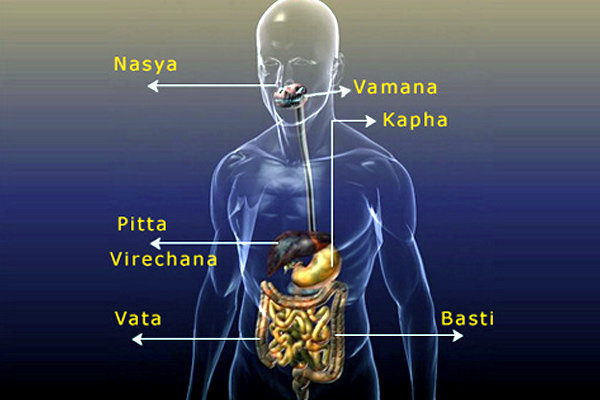
1. Vata dosha, in which the air and space elements dominate
2. Pitta dosha, in which the fire element dominates
3. Kapha dosha, in which the earth and water elements dominate
The doshas affects not just the shape of one’s body, but also bodily tendencies and the temperament of one’s mind and emotions. For example, the earth element in people with Kapha dosha is evident in their solid, sturdy body type, their tendency for slower digestion, their strong memory and their emotional steadiness. Most people’s prakriti is made up of a combination of two doshas. For example, people who are “Pitta Kapha” will have the tendencies of both Pitta dosha and Kapha dosha, with Pitta dominating. By understanding the qualities of our natural constitution, we will be able to do what is needed to keep ourselves in balance.
Ayurvedic lifestyle

Ayurveda gives great importance on one’s pathya or lifestyle (eating habits and daily routine). Ayurveda provides guidance on how to adjust the lifestyle based on the change of seasons. Ayurveda believes that a happy mind lets you stay calm, make better decisions and improve the overall quality of life. In Ayurveda, balance is emphasized and suppressing natural urges is considered to be unhealthy and claimed to lead to illness.
Chapters of Ayurveda
Ayurveda has eight canonical components, which are derived from classical Sanskrit literature. Ayurvedic practitioners had developed various medicinal preparations and surgical procedures in the medieval period. The canonical components of Ayurveda are derived from classical Sanskrit literature, in which Ayurveda was called "the science of eight components".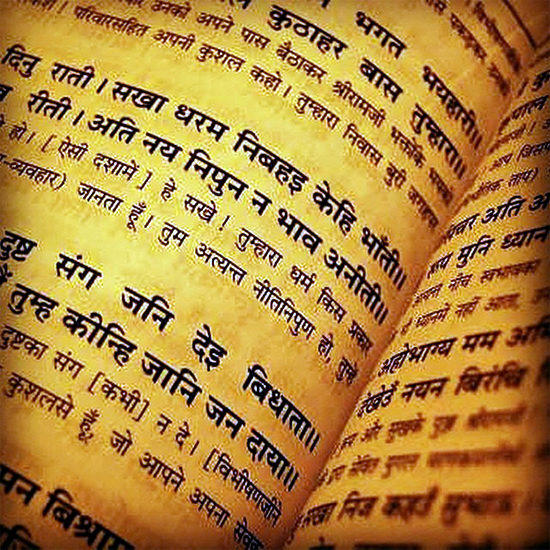
1. Kayachikitsa (general medicine) cures the diseases affecting the body
2. Kaumara-bhrtya and Bala Roga deals with the treatment of children
3. Shalya tantra deals with surgical techniques.
4. Salakya-tantra (ophthalmology) deals with diseases of the teeth, eye, nose, ear etc.
5. Bhuta-vidya deals with the causes, which are not directly visible and not directly explained by tridosha, pertaining to micro-organisms or spirits
6. Agada-tantra deals with antidotes to poison
7. Rasayana-tantra (Geriatrics)/(Anti Agings) deals with rejuvenation
8. Vajikarana tantra (aphrodisiacs) deals with healthy and desired progeny
Principles of Ayurveda
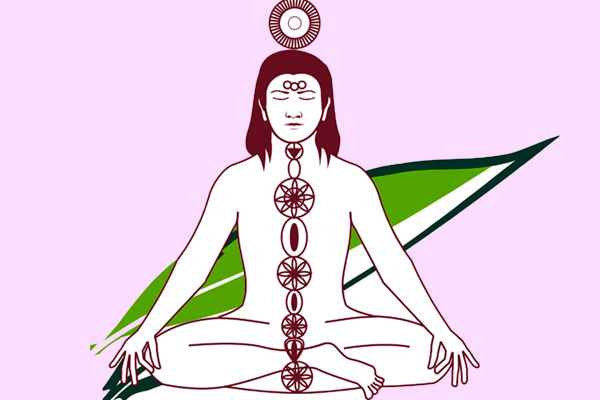
Ayurveda names seven basic tissues (dhatu), viz. plasma (rasa), blood (rakta), muscles (mamsa), fat (meda), bone (asthi), marrow (majja) and semen (shukla). There are twenty gunas (qualities or characteristics) which are considered to be inherent in all substances. These are organized into ten pairs of antonyms, heavy / light, cold / hot, unctuous / dry, dull / sharp, stable / mobile, soft / hard, non-slimy / slimy, smooth / coarse, minute / gross and viscous / liquid.
Diagnosing in Ayurveda
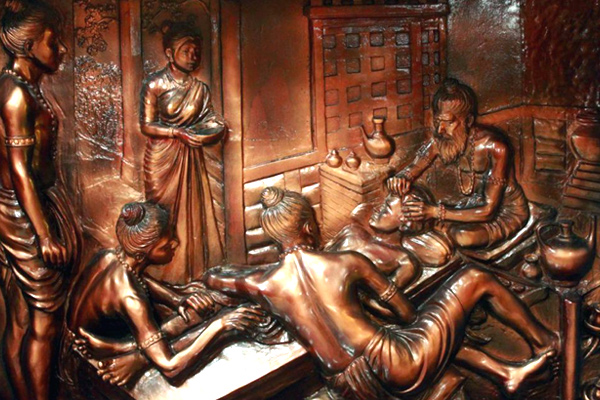
Ayurveda follows eight ways to diagnose the illness, such as Nadi (pulse), Mootra (urine), Mala (stool), Jihva (tongue), Shabda (speech), Sparsha (touch), Druk (vision), and Aakruti (appearance). Ayurvedic practitioners approach this diagnosis by using the five senses. For example, hearing is used to observe the condition of breathing and speech. The study of the lethal points or ‘marma’ is of significant importance.
Practice of Ayurvedic treatment

Two of the eight branches of classical Ayurveda deal with the surgery (Salya-cikitsa and Salakya-tantra). Contemporary Ayurveda believes in ‘Prevention is better than cure’. Ayurveda emphasizes on attaining vitality by building a healthy metabolic system and maintaining good digestion and excretion. Ayurveda focuses on exercise, yoga, and meditation. Sattvic diet or proper and healthy food is also one of the prescribed method of Ayurveda.
Ayurveda follows the concept of Dinacharya or daily cores, which says that natural cycles (waking, sleeping, working, meditation etc.) are important for health. Hygiene, including regular bathing, cleaning of teeth, skin care and eye washing, is a central practice in Ayurveda.
By Premji












